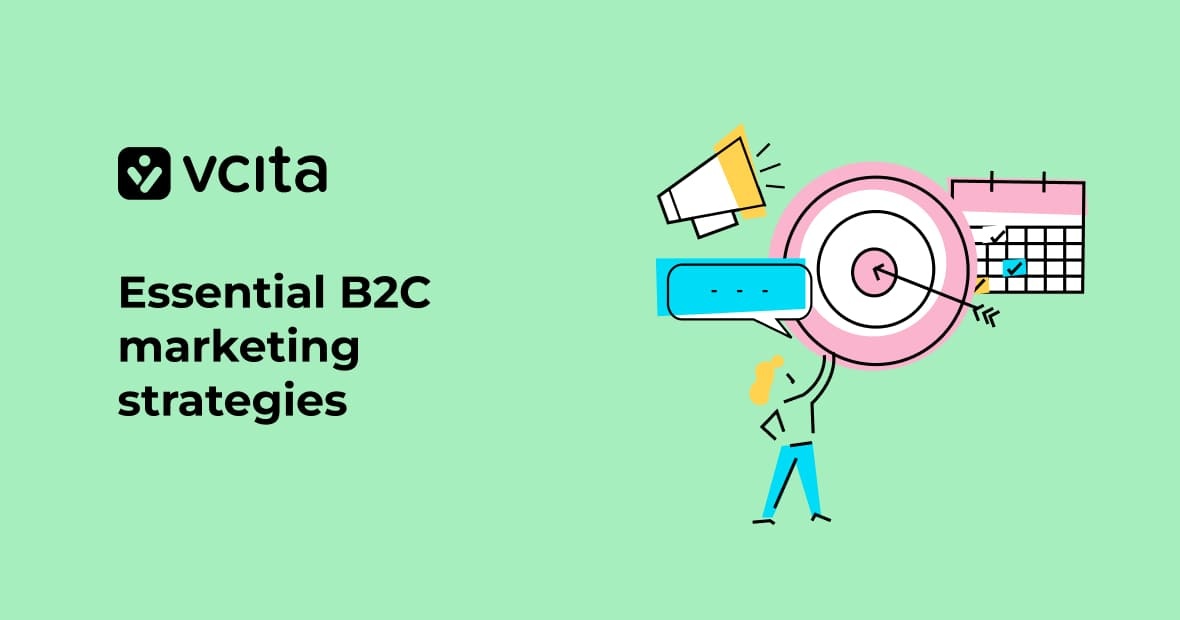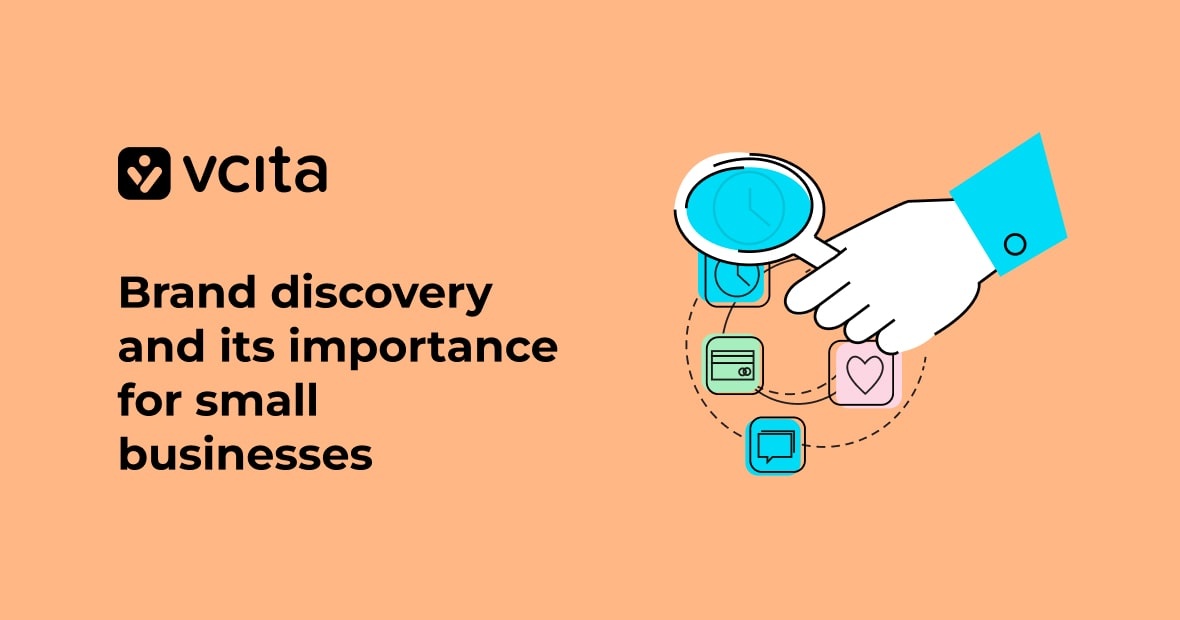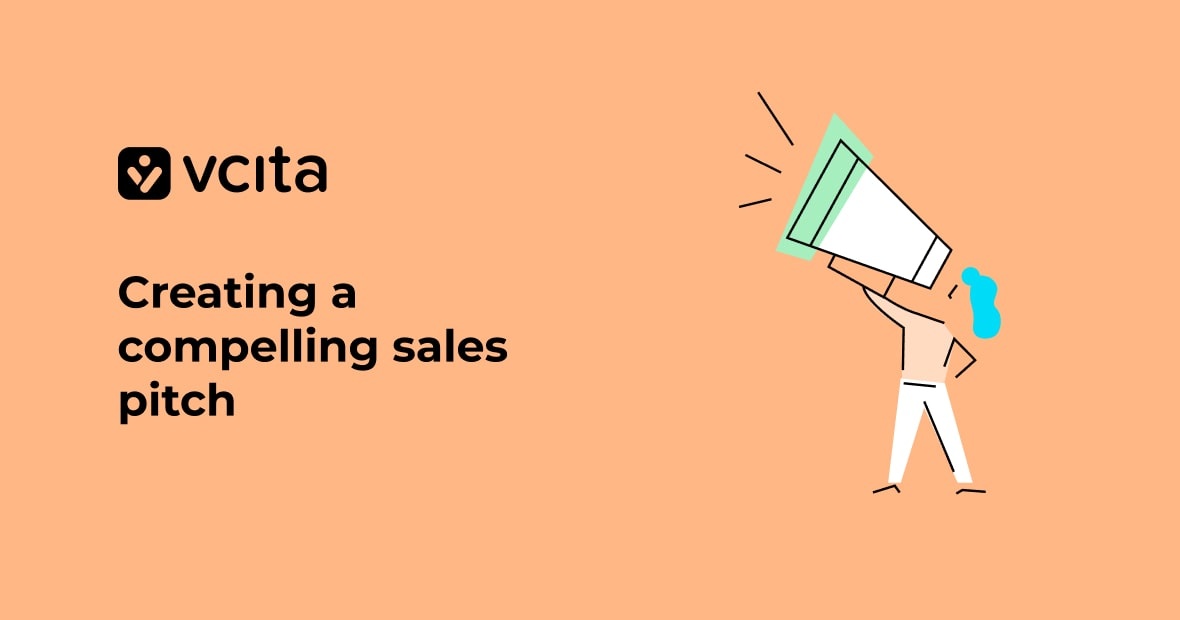Effective marketing is crucial for any business to succeed. So that must mean dedicating a huge chunk of time and resources, right?
Wrong! Effective marketing can be achieved by utilizing marketing automation software that will save you time, money, AND boost sales for your business.
What is marketing automation?
Marketing automation is the process of automating your marketing tasks and workflows through the use of software, with the goal of working smarter not harder. Marketing software can be set to perform repetitive tasks on a predetermined schedule.
Marketing automation software can be used not only to maintain existing marketing strategies but can actually be used to help businesses grow.
For those in the nonprofit sector, understanding the ins-and-outs of nonprofit marketing automation can further tailor these benefits to your unique goals.
How you ask? Well for one, marketing automation software can provide detailed insights on customer behaviors, like buying preferences and responses to past marketing campaigns. Based on this data, you will be able to get extremely personal, which is exactly what customers want.
In addition to personalization, marketing automation can help with a number of other marketing-related tasks like cross-selling and upselling, generating leads, customer retention, and many more.
What is the purpose of marketing automation?
Honestly, nowadays if your marketing is not automated you are blocking your business from reaching its full potential.
Wouldn’t you do anything for a fully equipped marketing toolbox? Well, marketing automation is just that. It allows you to clearly understand your customers and what they are looking for, instead of blindly launching marketing campaigns and hoping for the best.
Marketing automation technology allows you to market to the best of your ability and requires less time to make it happen. Sounds like a no brainer to us.
How does marketing automation benefit your business?
Okay, you get it, marketing automation is amazing, but how exactly will it benefit your business?
Tracking user engagement
Tracking user engagement can be used to create targeted campaigns for every aspect of the customer journey from start to finish. From new subscribers to re-engagement campaigns, marketing automation allows you to streamline each individual engagement and optimize your programs.
For example, by tracking a customer’s past purchases, you will also identify opportunities for cross-selling and upselling. You will also be able to see the results of your campaigns and how users respond to them.
Converting leads
96% of visitors to your website are not ready to buy the first time around, so don’t get discouraged if you don’t make the sale right away. Marketing automation allows businesses to carry out campaigns across multiple channels, so you can continue to be in communication with customers until they are ready to buy.
Timing is also key for conversions. Automation software will ensure you don’t miss the mark by sending customers pre-written personalized emails at set times throughout the year. This means you never have to worry about forgetting a customer’s birthday again!
You can also strengthen your relationships with customers by using marketing automation to send out messages in response to specific actions or interests, like an abandoned cart email based on the item they expressed interest in.
Focus on what is important
Efficiency is important for every business, but especially for small businesses where one person is handling many tasks. By automating as many manual tasks as possible you can focus on other aspects of business strategy.
You want to provide the best possible service for your customers and automating marketing is one of the best ways to do so. Not only will you have a better understanding of what your customers want, but you will be able to spend more time on the parts of your business you love the most.
How does marketing automation benefit your customers?
Most consumers’ inboxes are clogged with tons of promotional emails, which is annoying. They want to receive information that is relevant to them. At the end of the day consumers just want to feel understood.
Chances are if someone signed up for your email list, they are interested in what you have to offer. This means this isn’t the time to be overly salesly. Send a welcome email instead, introducing your brand and acknowledging your new subscriber.
Remember, customer/business relationships are a two-way street. The more you communicate, the more they will feel you are putting effort into this relationship. Again, this does not mean spamming subscribers with millions of emails, but customers do appreciate a good “happy birthday” email with a discount code.
Building trust with your customers is about providing value through your marketing campaigns. Customers who value your communication are more likely to be loyal customers. Happy customer, happy life, right?
How does marketing automation work?
There are a number of marketing automation tools available, so in order to understand what will work best for your business, you should have a predetermined set of goals. Once you have figured out what you want to achieve, you can decide which marketing workflows should be automated to make this happen.
Marketing automation can play a huge part in every aspect of your customer’s journey. Emails can be triggered to be sent for every step of engagement from the first interaction to continued communication long after purchase.
Best practices for automation
1. Have a plan
Understand your goals in advance, this way you will know what data to measure to see if your marketing campaigns are working or need tweaking.
2. Segment
Marketing automation allows you to get uber-specific with segmentation. Take advantage of this! Learning the intricacies of your customer base and what drives them will allow you to personalize to the best of your ability.
3. Test
Trial and error is the best way to learn what works, so don’t be afraid to use A/B testing for every aspect of your marketing campaigns. Marketing automation makes testing easy and presents you with cold hard data.
What are some examples of marketing automation?
Email is one of the most common examples of marketing automation. By setting up an email workflow, you can automate virtually every type of email campaign. Think welcome emails, thank you emails, birthday emails, re-engagement emails, the list goes on and on!
Automated campaign scheduling is another huge aspect of marketing automation. Setting up a schedule for email campaigns to go out over the year is one great thing about automation. But you can also use this feature to pre-plan social media posts and content across multiple channels.
Marketing automation vs. CRM
Both marketing automation and CRM can work side by side to help businesses better understand their client base. However, marketing automation usually refers to the process of automating specific marketing tasks, while CRM is usually utilized by sales teams to gain a better understanding of clients overall.
Add a little oomph to your marketing strategy
Marketing automation is great for small businesses looking to add a little oomph to their marketing strategies. Whether you are looking to connect with existing customers or generate new leads, marketing automation is the way to go.





